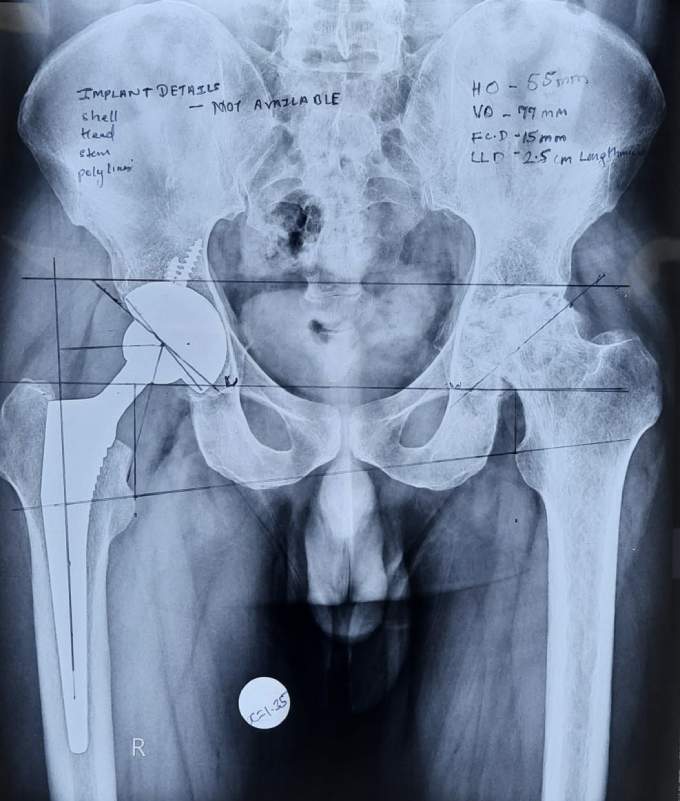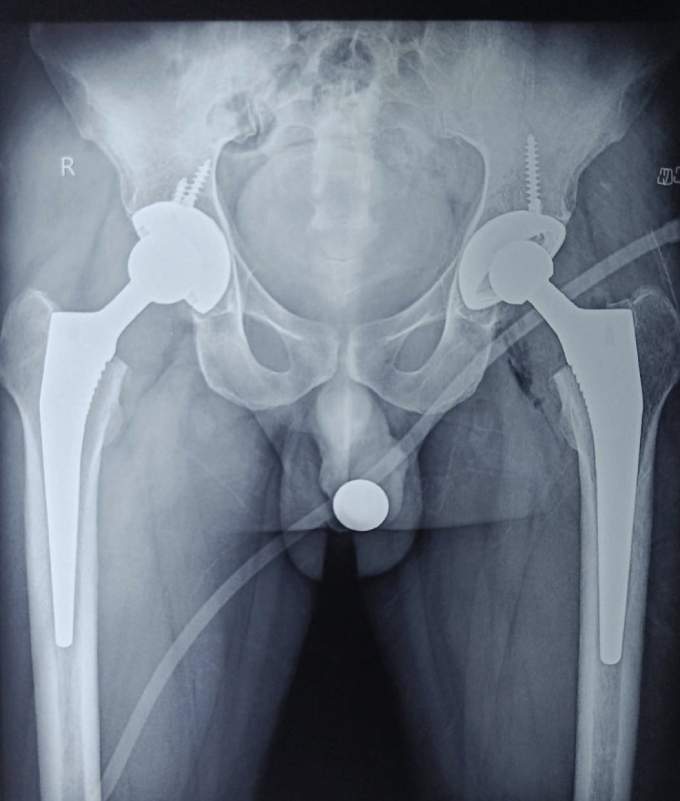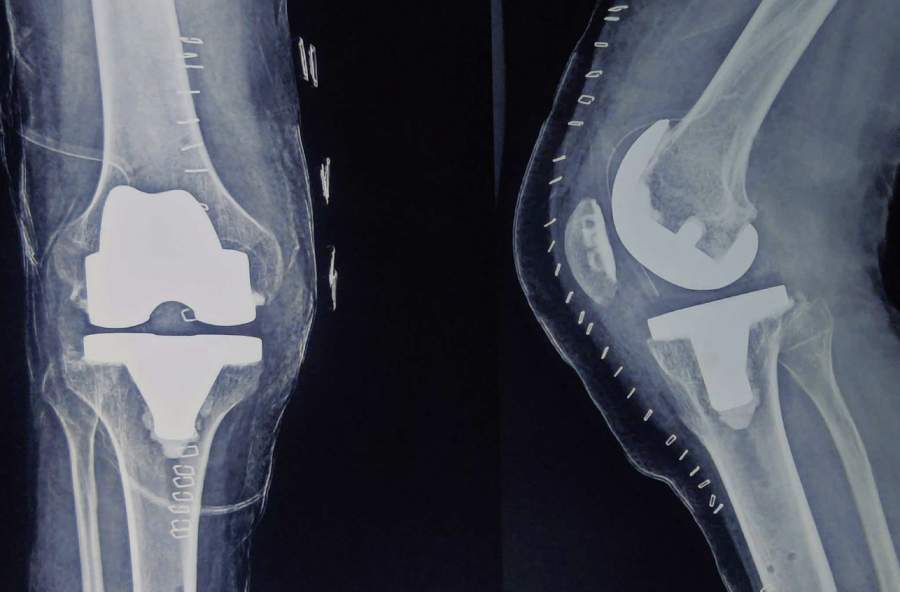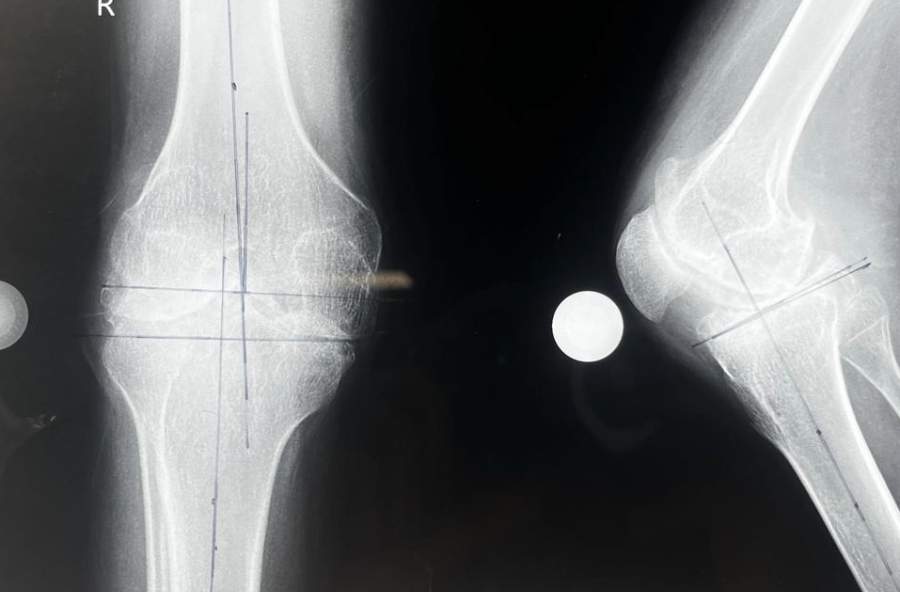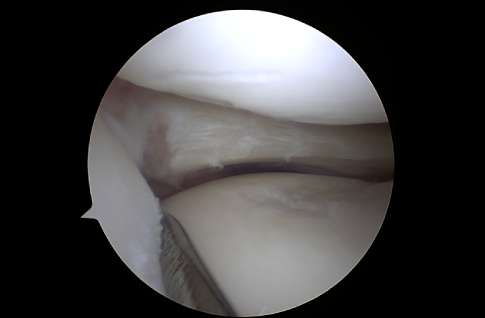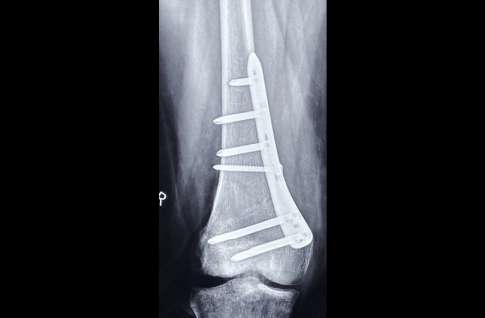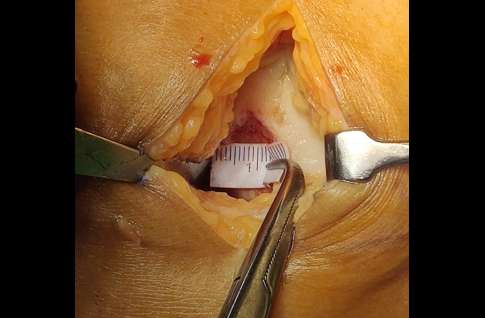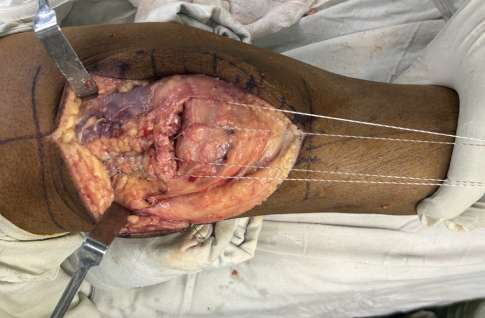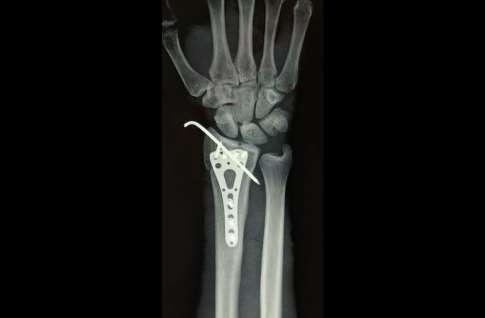Orthopedic Surgery
Procedures And Treatments
Some of the commonly performed orthopedic procedures are detailed below. These may be done as a day-care surgery or may require a period of admission to the hospital. The patient usually requires some preoperative investigations that may include blood tests as well as a chest X-ray and/or an electrocardiogram (ECG). Following the surgery, physical rehab specialists in coordination with the surgeon guide the exercise protocols.
Surgical Treatment For
In a hip replacement surgery, the damaged ball-and-socket joint of the hip is replaced with an artificial ball (made of metal or ceramic) and a socket (made of UHMWPE or metal). The synthetic ball is attached to a stem inserted into the thigh bone, while the socket is secured in the pelvic bone.
This surgery helps relieve pain and improves mobility in people with severe hip arthritis, avascular necrosis of the femoral head, or hip fractures.
Surgical Treatment For
Knee Replacement:
During a knee replacement surgery, the damaged surfaces of the knee joint are removed and replaced with metal and UHMWPE components. The lower end of the thigh bone (femur) is capped with a metal component, while the top of the shin bone (tibia) is resurfaced with a metal tray.
A UHMWPE insert is implanted between the metal components to allow smooth movement. Knee replacements are often recommended for people with severe knee arthritis.
Surgical Treatment For
Shoulder Replacement:
In a shoulder replacement surgery, the damaged ball-and-socket joint of the shoulder is replaced with an artificial ball (made of metal) and a socket (made of UHMWPE). The synthetic ball is attached to a stem inserted into the arm bone (humerus), while the socket is secured in the glenoid which is a part of the scapula. Hemiarthroplasty of the shoulder involves replacing only the damaged humeral head with a prosthesis where the native socket (glenoid) is preserved. This procedure may be required in patients with severe shoulder fractures who are not amenable to fracture fixation.
Shoulder replacement procedures can help restore mobility and reduce pain in people with severe shoulder arthritis or injuries. After the joint replacement surgery, patients typically undergo physical therapy to regain strength and range of motion in the affected joint.
Modern analgesic protocols allow for more comprehensive pain control with faster rehabilitation. It’s important to follow the doctor’s instructions for post-operative care to ensure proper healing and a successful outcome.
While joint replacement surgeries can be life-changing for many people, they are major procedures with potential risks and complications. Patients should discuss their situation with their doctor to determine if joint replacement is the right option for them.
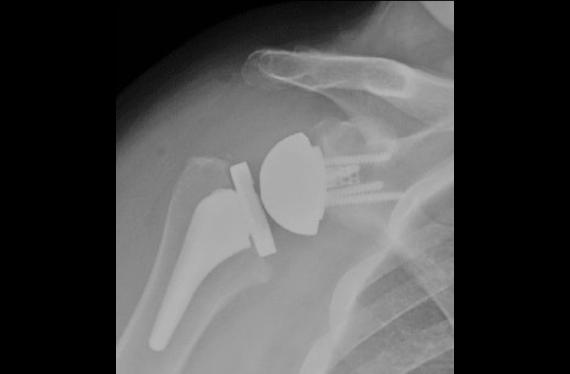
Surgical Treatment For
Joint Preservation Procedures:
Joint preservation procedures are surgeries aimed at repairing or restoring damaged joints, rather than replacing them entirely. These procedures can help alleviate pain, improve joint function, and potentially delay or avoid the need for joint replacement surgery. The aim in these procedures is to improve the longevity of the natural/native joint.
Surgical Treatment For
Joint preservation procedures are surgeries aimed at repairing or restoring damaged joints, rather than replacing them entirely. These procedures can help alleviate pain, improve joint function, and potentially delay or avoid the need for joint replacement surgery. The aim in these procedures is to improve the longevity of the natural/native joint.
Surgical Treatment For
An osteotomy is a procedure where the bone is cut and reshaped to improve joint alignment and redistribute weight-bearing forces. For example, in a knee osteotomy, the tibia (shin bone) or femur (thigh bone) is cut and reshaped to correct bowleg or knock-knee deformities, which can help alleviate arthritis pain and improve joint function.
Surgical Treatment For
These procedures aim to repair or regenerate damaged cartilage within the joint. Techniques may include microfracture, where small holes are made in the bone to stimulate cartilage growth, or cartilage transplantation, where healthy cartilage is taken from another part of the body and implanted into the damaged area.
Surgical Treatment For
Injuries to ligaments (e.g., ACL in the knee) or tendons (e.g., rotator cuff in the shoulder) can be repaired through surgical procedures. These may involve reconstructing the torn ligament or tendon using tissue grafts or suturing the torn ends back together.
Joint preservation procedures can often be performed using minimally invasive techniques, leading to smaller incisions, less pain, and faster recovery times compared to traditional open surgeries. However, not all patients are candidates for these procedures, and the decision should be made in consultation with an orthopaedic surgeon based on the individual’s age, activity level, and the extent of joint damage.
Surgical Treatment For
Fracture Fixation Procedures:
A fracture is a break or crack in a bone, which can occur due to accidents, injuries, or other causes. Fracture fixation procedures are surgical treatments used to stabilise and align the broken bones, allowing them to heal properly thus reducing the risk of deformity, pain, or long-term complications. By stabilising the fracture, these procedures can help restore function and mobility to the affected limb.
Surgical Treatment For
Joint preservation procedures are surgeries aimed at repairing or restoring damaged joints, rather than replacing them entirely. These procedures can help alleviate pain, improve joint function, and potentially delay or avoid the need for joint replacement surgery. The aim in these procedures is to improve the longevity of the natural/native joint.
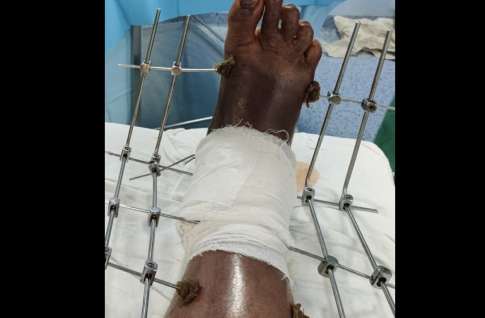
Surgical Treatment For
External Fixation
In some cases, an external fixation device may be used. This involves the placement of metal pins or screws into the bone above and below the fracture site. These pins are then connected to an external frame or rod system outside the body, which holds the bone fragments in position while they heal. A special type of external fixator known as the Ilizarov ring fixator or the Limb Reconstruction System (LRS) allows for correction of complex deformities, non united fractures and restoration of limb length.


